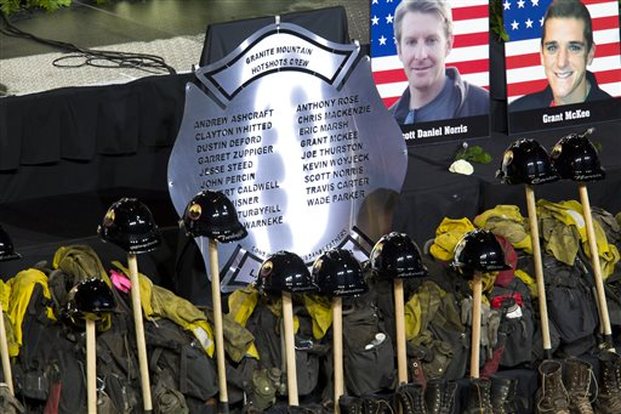During all this time, it became apparent that spontaneous and yet temporary memorial gestures offer the community an opportunity to re-connect with those lost and to become part of a broader community spirit. Like other tragedies, Tucson’s temporary memorials sought to reflect a community mandate to transform grief into something permanent and meaningful for the survivors and for the community who felt that their community deserved to have a lasting memorial. Over the past few years there were many memorials developed for individuals lost and wounded that day. However, the Tucson community still expected a central permanent memorial to celebrate the community’s response to the tragedy, to remember those lost and wounded, and to recall the importance of local and individual access to our government’s representatives and institutions. After many meetings and consultations with survivors, political leaders, and community representatives, our Tucson memorial planning has brought the focus to Tucson’s government center to create an appropriate memorial at the historic Pima County Courthouse where it intersects with Tucson’s central gathering space, El Presidio Park.
The world is filled with memorials created for many purposes, but during my visits and talks with memorial representatives, I have had a chance to reflect on a few common themes. Close to home is the Yarnell 19 Memorial in Prescott, Arizona that has created a variety of memorial projects to remember the 19 members of the Granite Mountain Hot Shots who lost their lives fighting a wildfire on Yarnell Hill. Flowers, firefighting gear, and other mementoes have been incorporated into a Tribute Fence, a preservation project in the Prescott Public Library, a marathon in Tucson, and an on-line memorial. However no one will ever forget the image of those 19 empty firefighters’ boots and gear during the memorial service.

I do not expect our Tucson memorial to end senseless shootings, but I do see a community spirit that endures across a diverse spectrum of political beliefs. We have not yet found our red poppy, but I suspect that it will emerge as we engage designers to help us bring together a community vision.











 RSS Feed
RSS Feed